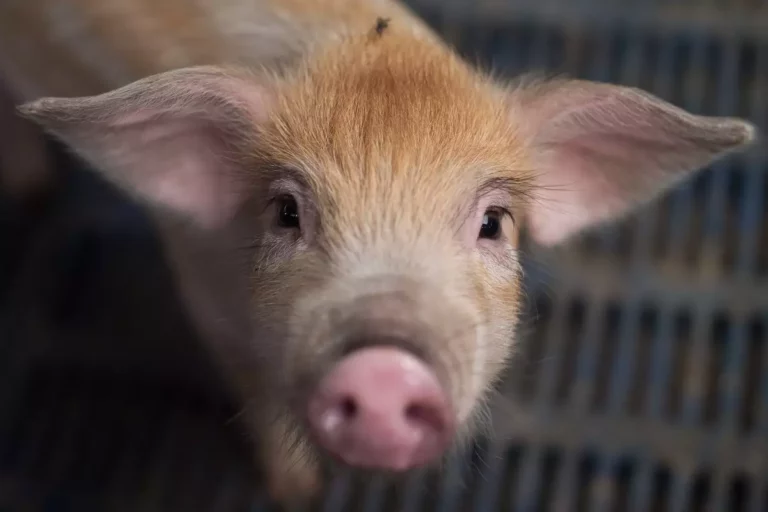In recent years, the intersection of artificial intelligence (AI) and animal welfare has emerged as a groundbreaking field, aiming to bridge the communication gap between humans and animals. Researchers are developing innovative technologies that could revolutionize how we detect when animals are suffering or exhibiting emotional states. For instance, the Intellipig system, pioneered by a collaboration between the University of the West of England, Bristol, and Scotland’s Rural College, is designed to assess the facial expressions of pigs. This system alerts farmers to signs of pain, illness, or emotional stress, emphasizing a proactive approach to animal care.
The ability of AI to interpret animal emotions hinges on sophisticated facial recognition technologies. One prominent initiative from the University of Haifa has already demonstrated success in locating lost dogs using facial recognition software. Building on this success, researchers are now endeavoring to train AI models to recognize signs of discomfort in various species. Intriguingly, dogs share a substantial number of facial movement patterns with humans—approximately 38%—which provides a unique opportunity for developing robust AI systems capable of interpreting a wider spectrum of animal expressions.
While the potential of AI heralds a future where technology plays a more significant role in understanding animal emotions, it is essential to acknowledge the foundational work performed by humans. Researchers rely heavily on extensive observational studies to decipher the meanings behind different animal behaviors. This foundational research is critical in training AI systems to ensure they can accurately interpret emotions. However, the evolving landscape of AI development aims to reduce the dependency on human input by enabling machines to learn from direct observations.
Independent Learning from Animal Behavior
A noteworthy breakthrough was made by a researcher at the University of São Paulo, who experimented with AI applications on horses. By analyzing images of horses’ faces before and after surgical procedures and pain relief interventions, the study targeted the animals’ eyes, ears, and mouths to derive signals indicative of pain. The AI system demonstrated an impressive capability for autonomous learning, achieving an 88% accuracy rate in identifying pain-related expressions. This raises the possibility of future systems independently recognizing discomfort, thereby enhancing timely interventions in veterinary care.
The Implications for Animal Welfare
The implications of these advancements in AI are vast and far-reaching. By enabling farmers and care providers to detect pain or emotional distress in animals early, we can expect improved welfare standards across various industries, including agriculture and veterinary services. The ethical dimensions of animal care will also be positively impacted, as rapid response to their needs can foster more humane treatment practices.
As we stand on the cusp of technological innovation, the integration of AI in the realm of animal emotion recognition presents promising opportunities. As researchers continue to refine these systems, the aim to enhance our understanding of animal emotions may ultimately lead to healthier, happier lives for countless creatures.

